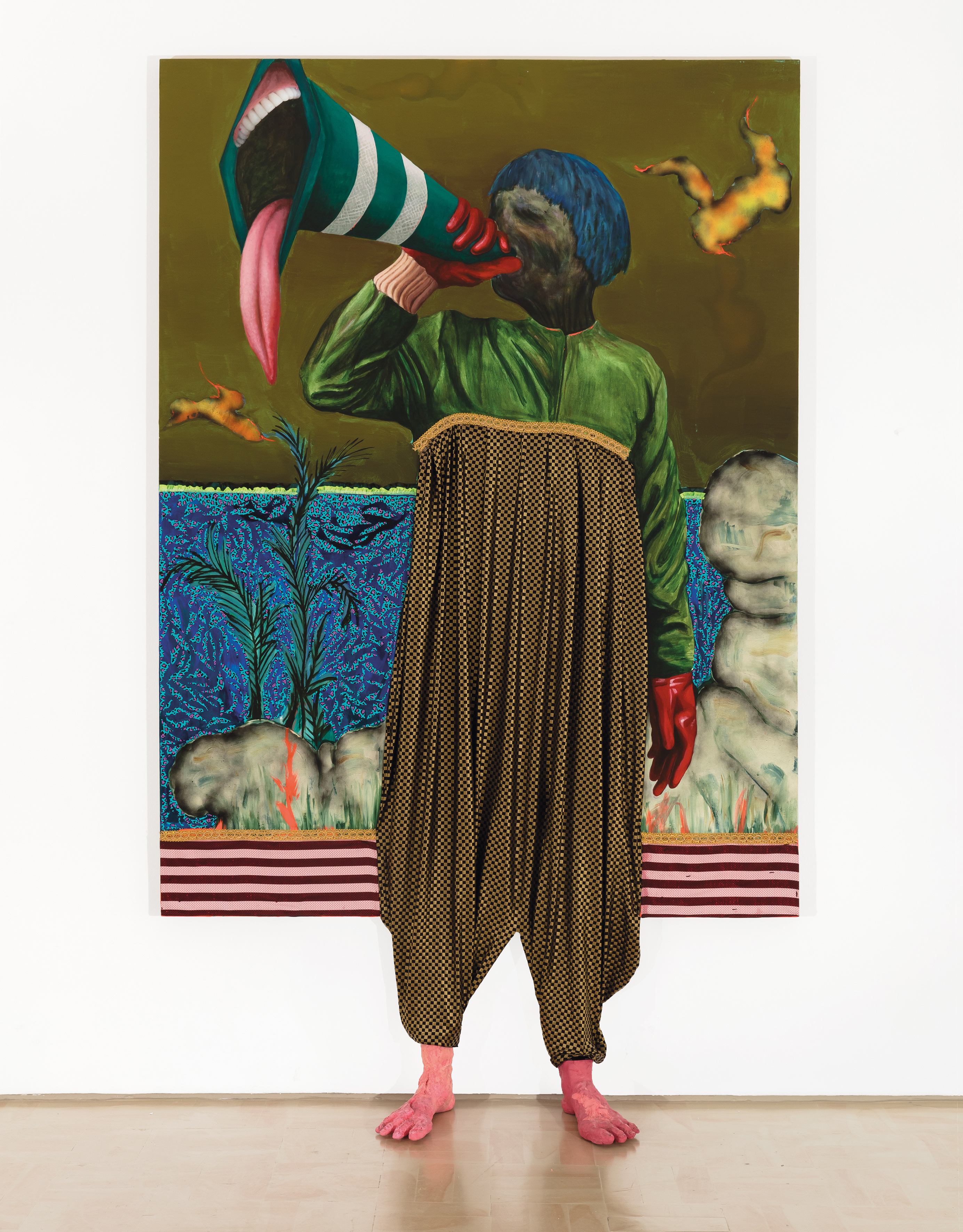
The action-filled paintings of Conor Harrington pit nameless political tribes against each other. His explorations of patriotism and contemporary social themes come in the form of Baroque figures, combining classical oil painting techniques and graffiti influences. The artist most recently expressed this thread in “The Story of Us and Them” at HENI Gallery in London.




“The works are set against a background of a fictional nation state and feature two so-called ‘blind patriots’ engaged in combat,” the gallery says. “By using predominantly red and blue in their apparel and the flags they brandish, Harrington draws on the various political and cultural connotations associated with this pairing to make a comment on society today.”
See more of his work below.






 Japanese artist
Japanese artist 

